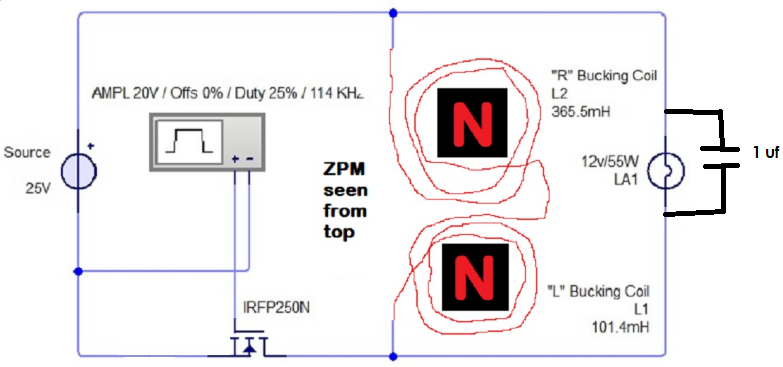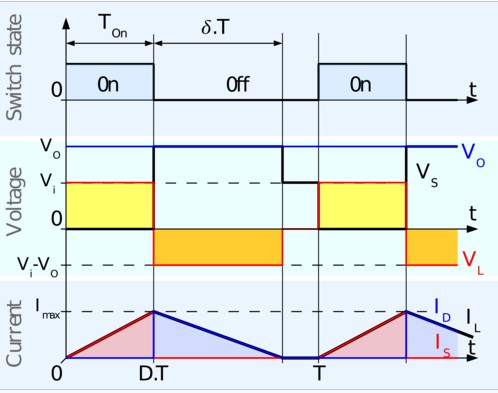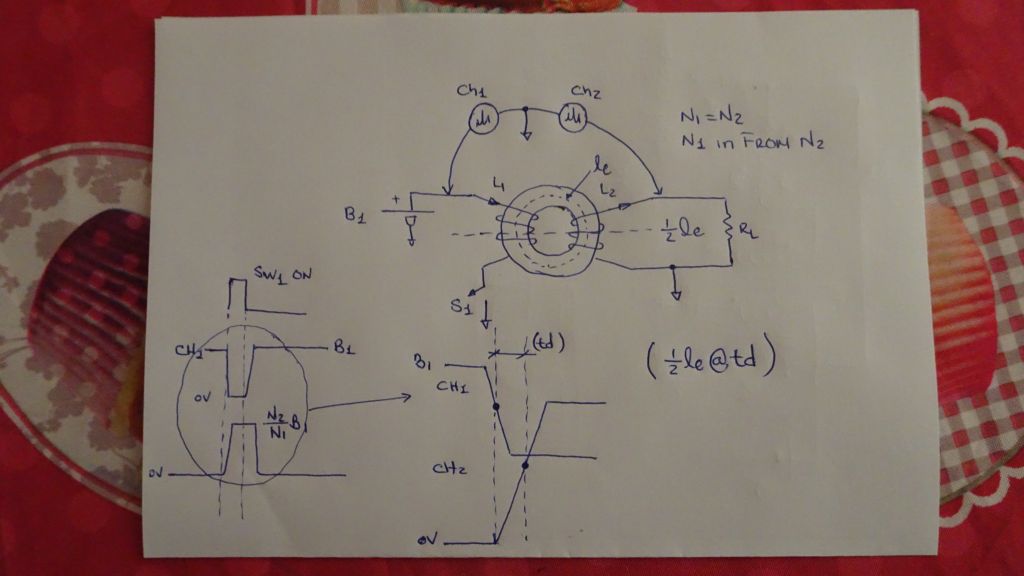Quoting:Jagau
My replication of Figther's ZPM. As my two coils were already mounted on an AMCC320 I was able to replicate quickly.
In the first image the 2 coils mounted on the AMCC320
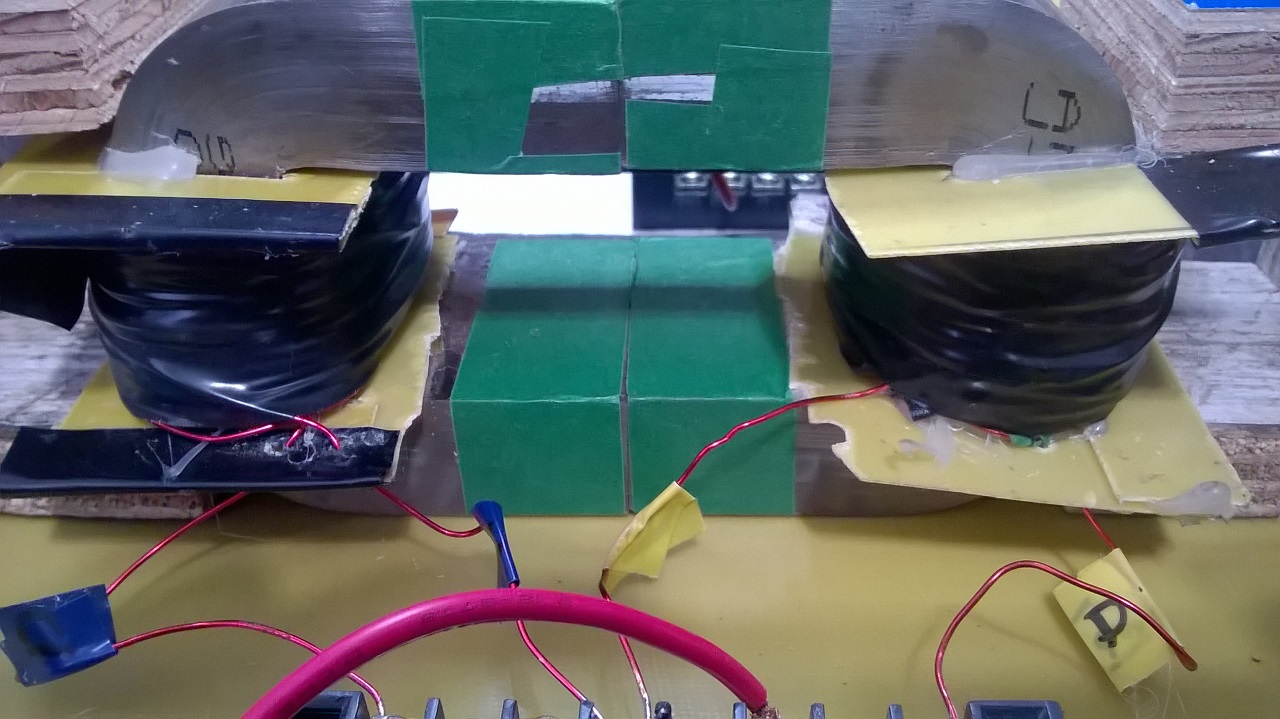
In the second image when the power supply is turned on at 24 volts DC he sees an input power of 4.32 watts on 24 volts and 180 ma when my TL494 oscillator is supplied to both coils through an IGBT pulsed at 38.2% on the high side. Channel1 is IGBT pulse
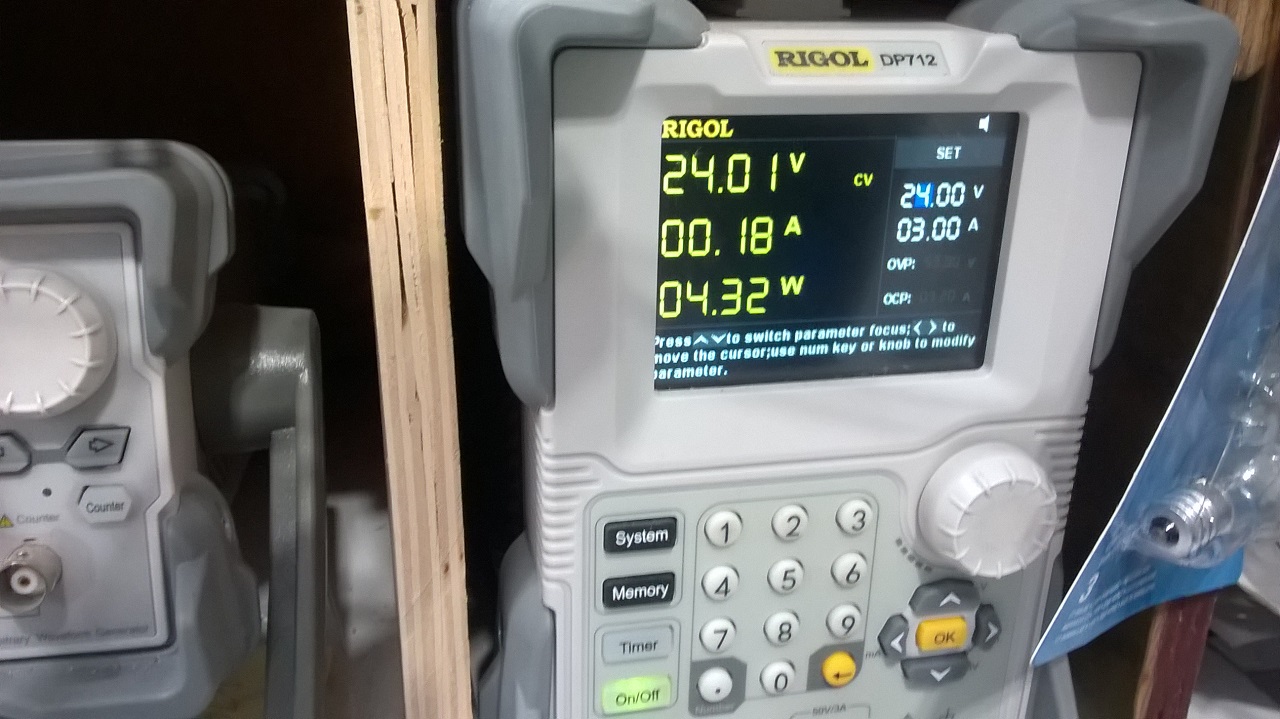
Image of the oscilloscope with the current probe on the PS
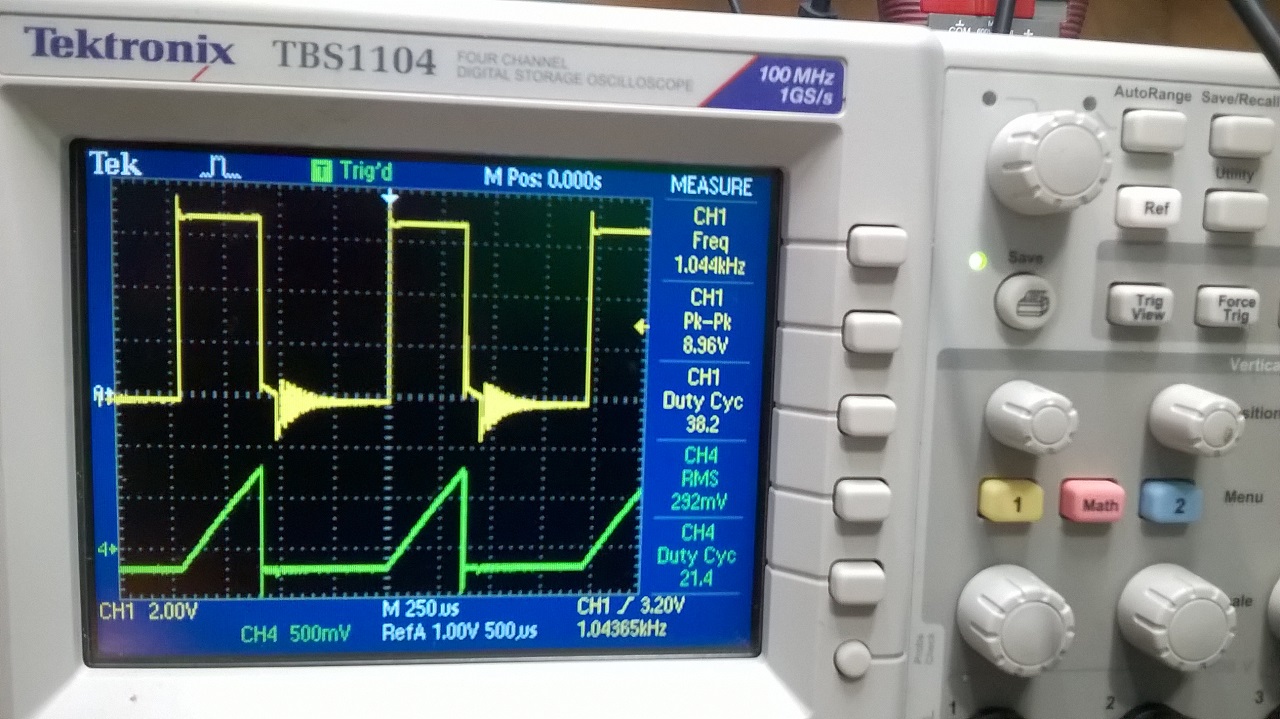
You can notice that the oscilloscope show on a my TEK current probe (green) 292mv =292 ma (rectangular form) and 38.2% DTC
Last image the 118 volt 4 Watts lamp lit with 34 ma x118.8v = therefore 4.0392 watts of power produce at the output on a large capacitor and 4 diodes in parallel in order to produce an almost pure DC which can be read by the 2 DDMs
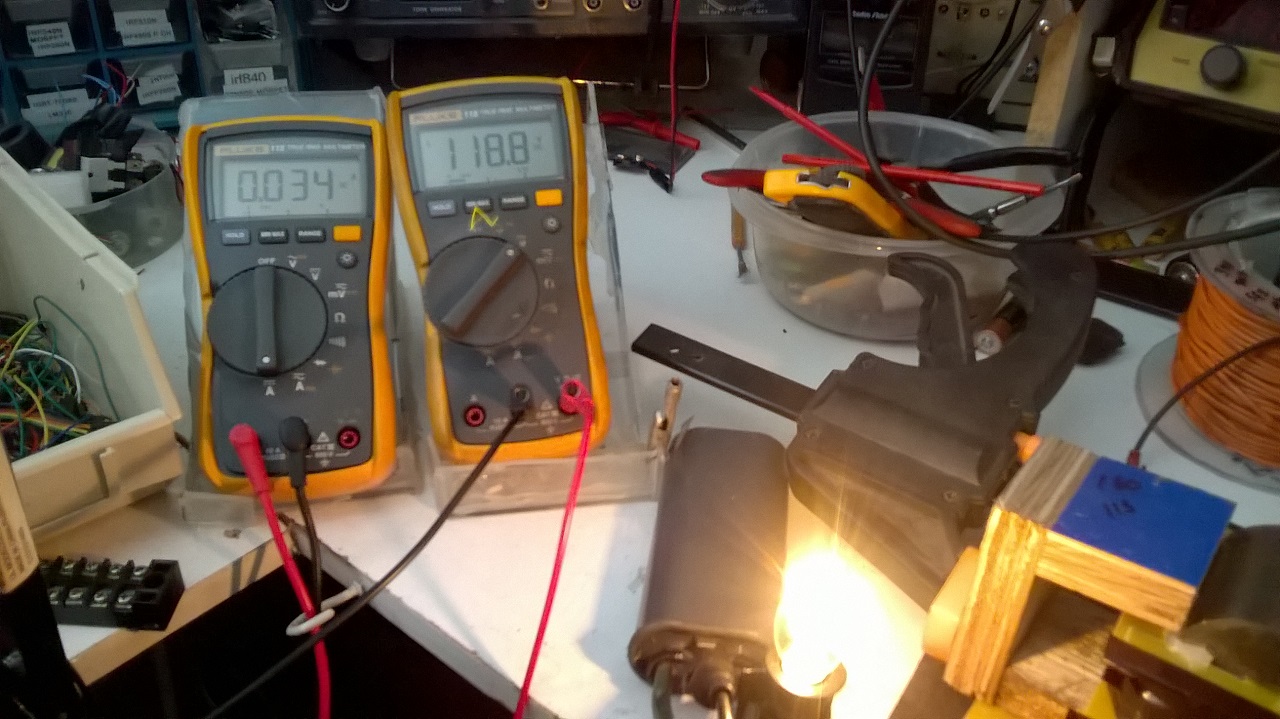
Calculation of input power in DCM mode with reactive component.
As indicated by the power supply we have an instantaneous pulse power of 4.32 watts, this is the instantaneous power not the average power over time.
V and I is what PS provided a DM as wrong lecture for input due to high frequency so to calc PIn we take well known formula for inductor.
Irms on scope is 0.292 Amp, DC voltage is 24volts
Pin= I*V*sqrt(Duty_Cycle)/sqrt(3)
Pin= 0.292 Amp x 24 Vdc x sqrt 0.382 / sqrt 3 = 2.533 watts
So for Pout of 4.032 watts i need only 2.533 watts at input, Still a pretty good COP
Jagau
Hey Jagau,
I followed your thread recently to understand your setup but I am confused of some things. Maybe you can clear them up or someone else. Lets look at the oscilloscope shot. The green waveform is the current of the PS and the yellow is what? the voltage waveform of the PS? I am asking this because your PS display is showing 24V but the scope is showing 8.96 Peak to Peak so at 38.2 Duty Cycle, the RMS voltage should be even lower than that. I think you understand my confusion, so again, what is the yellow waveform showing?
Thank you.





